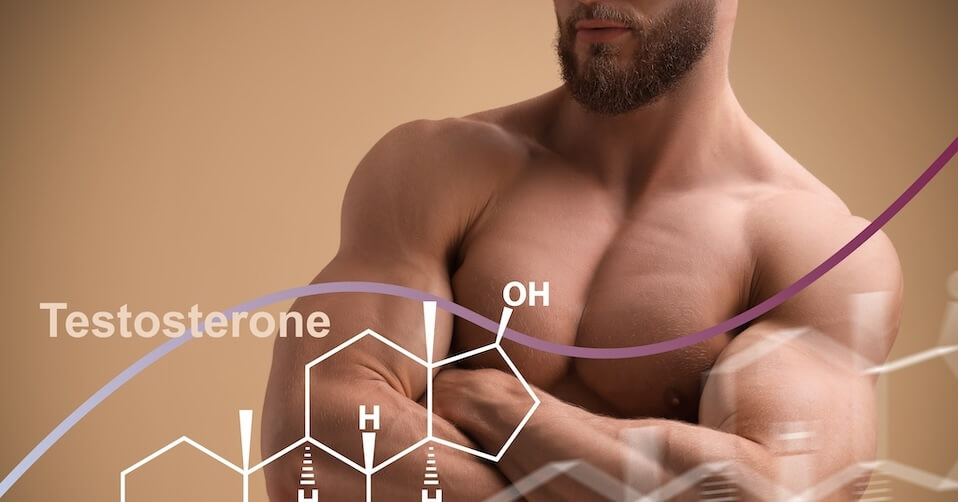Male hormone therapy, often referred to as testosterone replacement therapy (TRT), is a widely used treatment designed to address issues stemming from low testosterone levels in men. Testosterone, a key male sex hormone, plays a crucial role in maintaining various bodily functions, including but not limited to sexual function, bone density, muscle mass, and the production of red blood cells. The therapy aims to restore testosterone levels to a normal range, thereby alleviating symptoms associated with its deficiency. This blog post will delve into the intricacies of male hormone therapy, including its benefits, potential risks, and the considerations involved in pursuing treatment.
Understanding Testosterone Deficiency
Testosterone levels naturally begin to decline as men age, typically starting around the age of 30. This gradual decrease can lead to a condition known as hypogonadism, where the body does not produce enough testosterone. Symptoms of low testosterone may include reduced sex drive, erectile dysfunction, fatigue, loss of muscle mass, increased body fat, and mood changes. It’s important for men experiencing these symptoms to consult a healthcare professional, as these can also be signs of other health issues.
The Process of Male Hormone Therapy
Male hormone therapy can be administered in various forms, including injections, patches, gels, and, less commonly, pills. The choice of treatment depends on personal preference, medical history, and the specific advice of a healthcare provider. Before beginning TRT, a thorough evaluation including blood tests is necessary to confirm a diagnosis of low testosterone. Regular monitoring is also essential to adjust dosages and ensure the therapy is effectively addressing symptoms without leading to adverse effects.
Benefits of Male Hormone Therapy
For men diagnosed with hypogonadism, TRT can offer significant improvements in quality of life. Benefits of the therapy may include increased libido, improved erectile function, higher energy levels, enhanced muscle mass and strength, reduced fat mass, and improvements in mood and cognitive functions. Some studies also suggest that TRT can contribute to bone density improvements, potentially reducing the risk of osteoporosis.
Risks and Considerations
Despite its benefits, male hormone therapy is not without risks and is not suitable for everyone. Potential side effects can include acne, sleep apnea, an increase in red blood cell count, and changes in cholesterol levels. There’s also ongoing debate and research into the association between TRT and an increased risk of cardiovascular events and prostate cancer. As such, it’s critical for individuals considering TRT to discuss these risks thoroughly with their healthcare provider.
Men with certain conditions, such as prostate or breast cancer, are typically advised against undergoing TRT. Additionally, the therapy should be approached with caution in individuals with heart disease, sleep apnea, or a high red blood cell count.
Conclusion
Male hormone therapy offers a viable solution for men suffering from the effects of low testosterone. However, it requires a careful, individualized approach under the guidance of a qualified healthcare professional. By weighing the potential benefits against the risks and considering personal health history, men can make an informed decision about whether TRT is a suitable option for them. As research continues to evolve, so too will our understanding of testosterone replacement therapy and its place in men’s health.







